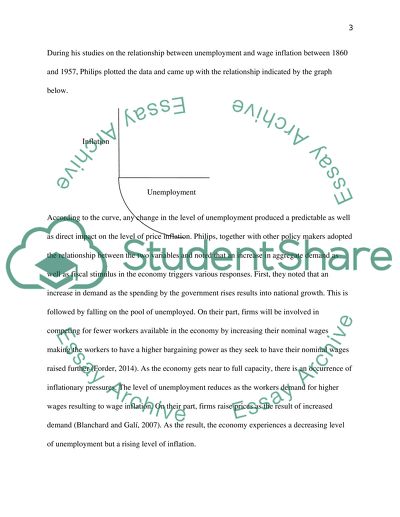Cite this document
(“Discuss the analytical foundations of the Phillips curve Essay”, n.d.)
Retrieved from https://studentshare.org/macro-microeconomics/1681173-discuss-the-analytical-foundations-of-the-phillips-curve
Retrieved from https://studentshare.org/macro-microeconomics/1681173-discuss-the-analytical-foundations-of-the-phillips-curve
(Discuss the Analytical Foundations of the Phillips Curve Essay)
https://studentshare.org/macro-microeconomics/1681173-discuss-the-analytical-foundations-of-the-phillips-curve.
https://studentshare.org/macro-microeconomics/1681173-discuss-the-analytical-foundations-of-the-phillips-curve.
“Discuss the Analytical Foundations of the Phillips Curve Essay”, n.d. https://studentshare.org/macro-microeconomics/1681173-discuss-the-analytical-foundations-of-the-phillips-curve.


